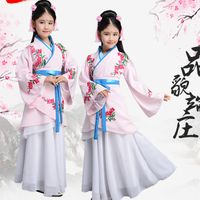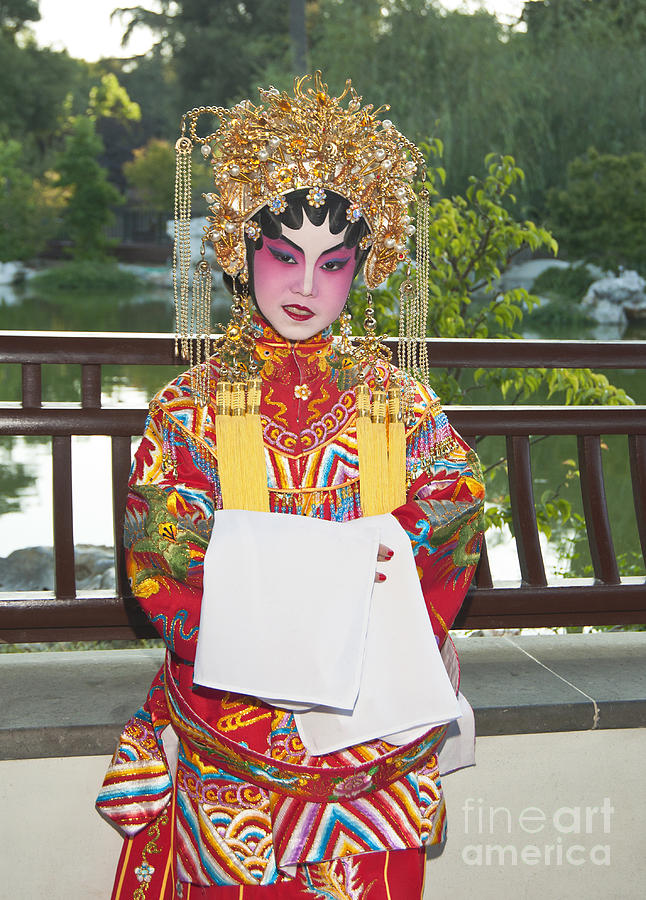
Finally, costume designers will relish the opportunity to examine in detail their art in another cultural setting and theatrical style. China scholars will value the contextual analysis and theater specialists the explication of costumes in relation to performance. Textile artists will appreciate the beauty of the colors and designs as well as the information on embroidery techniques and symbolism of the images. Lavishly illustrated with more than 250 color and black-and-white photographs and pattern drafts, Beijing Opera Costumes is an indispensable record of and resource for Jingju as it is performed in China today. The intricacies of choosing costumes for a production and dressing actors are also discussed. Rules of Costume Tradition (1) Anachronisms are allowable. The origins of Peking Opera costumes can be traced back to the mid-14th century, when operatic precursors first began experimenting with large ornate articles of clothing. A survey of the accessories and headdresses, makeup and hairstyles, accompanies the discussion of each costume. Peking Opera costumes are called Xingtou or, more popularly, Xifu in Chinese. Chapters on costume theory and design elements and their modification to create a wide variety of images are followed by presentations of individual costumes together with their historical background and use of color and pattern. Meticulously researched in Taipei and Beijing, this definitive work begins with an outline of the rich and complex history of Beijing opera and significant developments in design over the past millennium. Multicolor Chinese Hanfu Water Sleeves Yangko Dance Practice Tops Female Chinese Classical Beijing Opera Tibetan Dance Costume. Details on makeup, hairstyles, and dressing techniques present a complete view of the Jingju performer from head to toe.

Extensive descriptions illuminate the use of colors and surface images derived from historical dress and modified for the stage. This comprehensive volume provides both theory and analysis of the costumes and the method of their selection for the roles as well as technical information on embroidery, patterns, and construction. This exhibition includes superb examples with interior markings indicating their use in court productions.Beijing Opera Costumes is the first in-depth English-language book focused exclusively on the costumes of Jingju, the highest form of stage arts in China. A form of traditional Chinese theater, Peking Opera was developed fully by the mid-19th century, and because of the form's minimal stage settings and the importance of exaggerated gestures and movements, costume played an unusually significant role.

Under the patronage of the Qing court (1644–1911), performances-including the "Peking Opera"-filled the Forbidden City in Beijing. The 18th and 19th centuries witnessed a flowering of Chinese drama. A set of album leaves faithfully depicting theatrical characters wearing such robes is also displayed.

The presentation showcases eight robes, each of which was created for a specific role-court lady, official, general, monk, nun, and immortal.

The first focuses on costumes used in dramas based on historical events and the second will feature costumes from plays derived from legends and myths. Drawn entirely from The Met collection, this exhibition examines these luxury textiles from artistic and technical points of view.


 0 kommentar(er)
0 kommentar(er)
